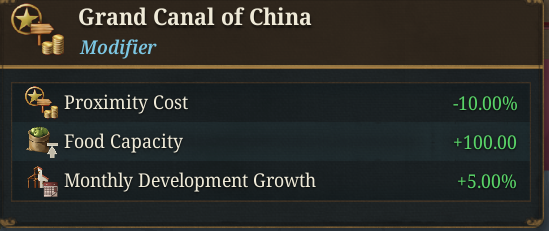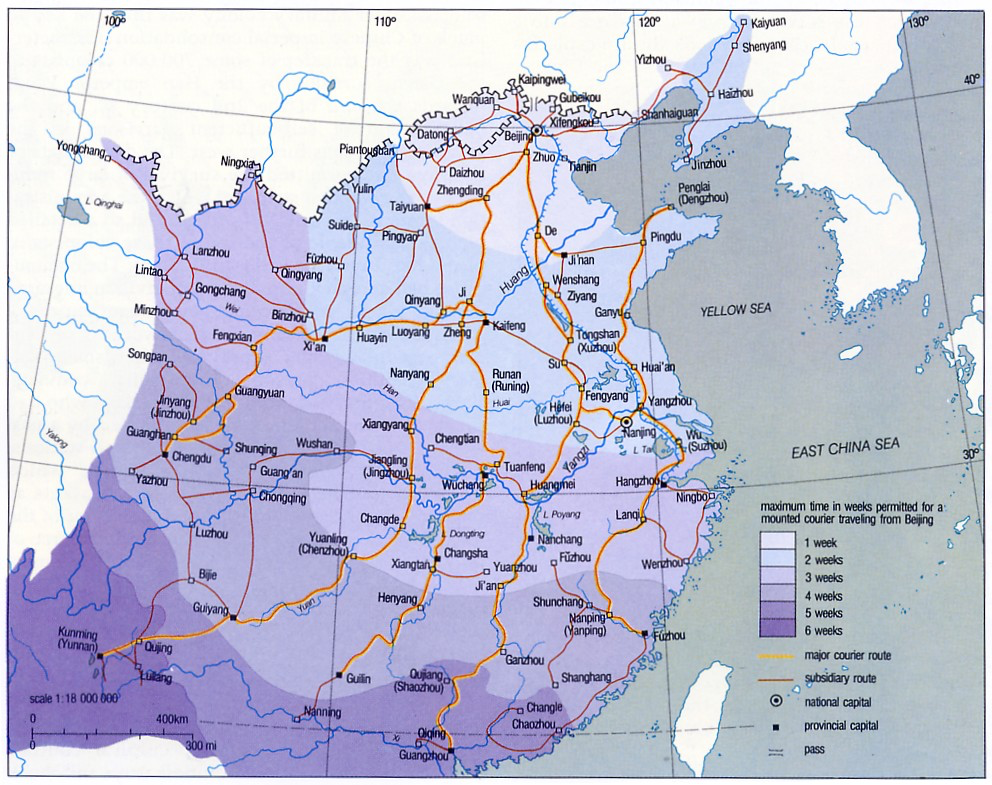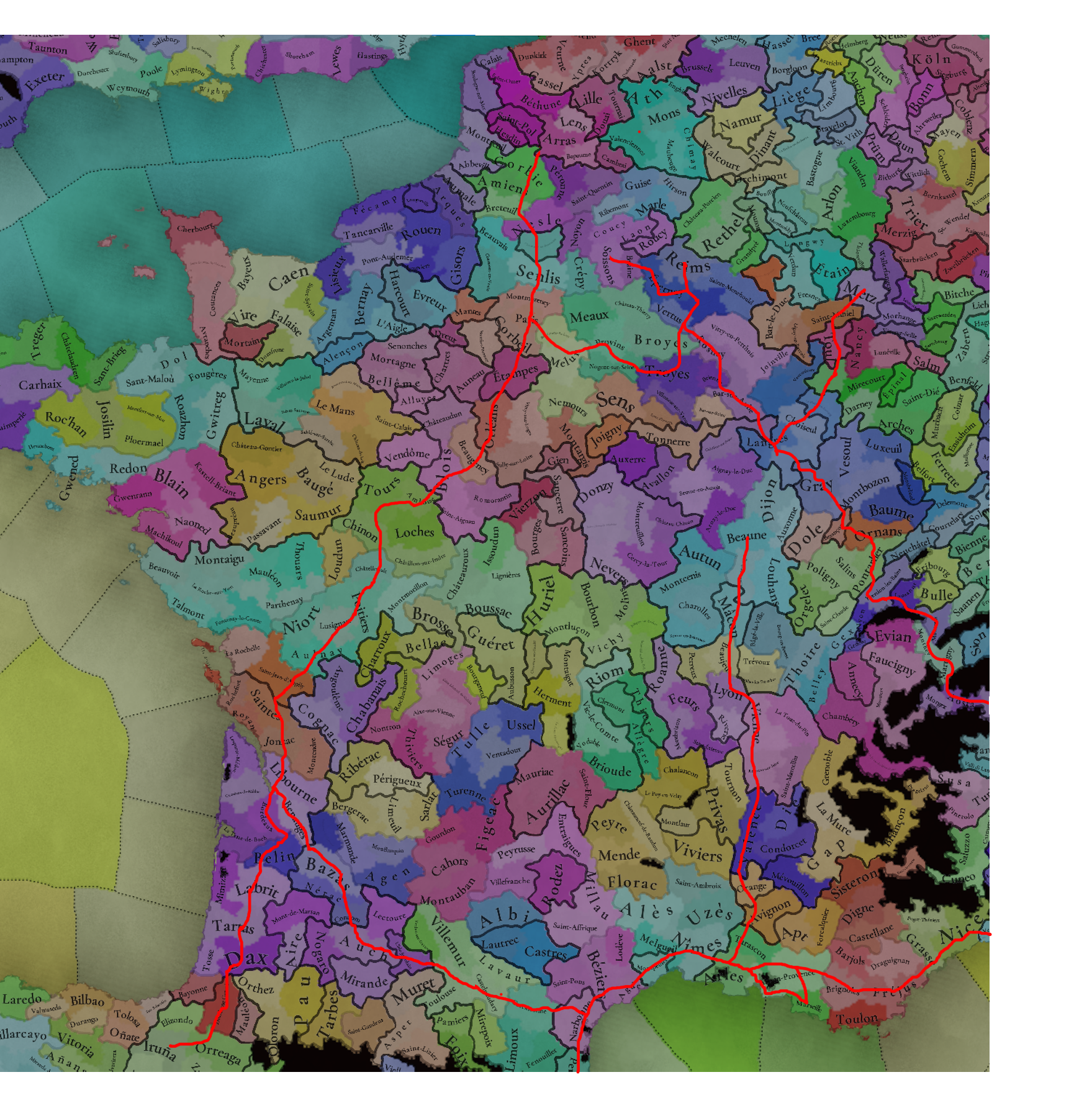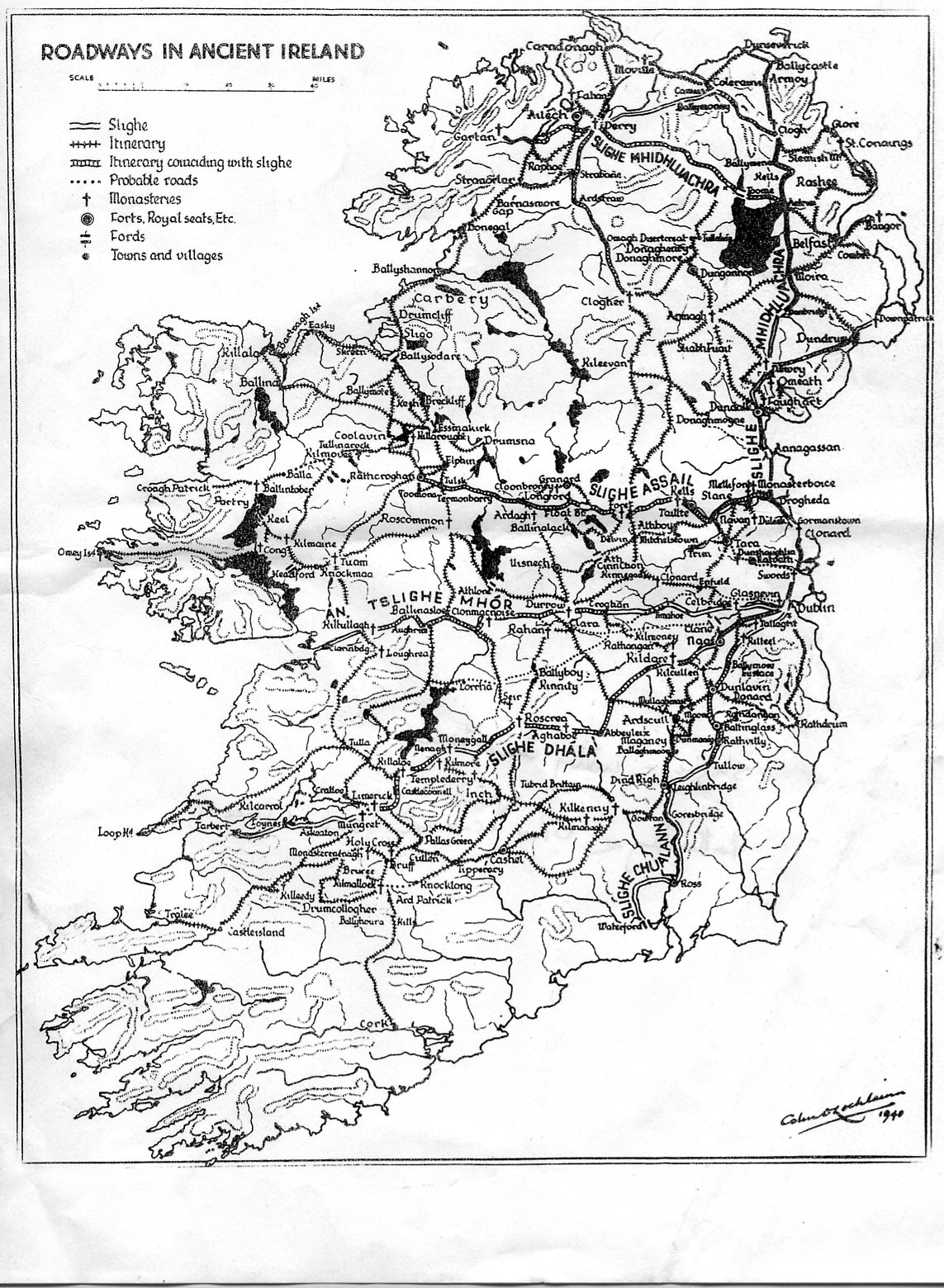That sounds reasonable! To think and plan the routes for trade and military instead of "spamming" roads everywhere.there needs to be road maintanance and degradation mechanic, otherwise what prevents building roads everywhere?
I like it.
- 6
That sounds reasonable! To think and plan the routes for trade and military instead of "spamming" roads everywhere.there needs to be road maintanance and degradation mechanic, otherwise what prevents building roads everywhere?
On the topic of Roads, I hope the Great Chinese Canals are represented, alongside the potential to build the Eerie Canal in the US- arguably the first great infrastructure project of the US, it allowed sailors to go up the Hudson to the Lake Eerie, a small distance overland, thereby bypassing the need to sail into the Gulf of St. Lawrence.


I think roads such as these are still very important to represent.The Via Imperii was not a physical construct. Most of the Via Imperii were dirt tracks, the most sophisticated were boardwalk. The signifcance of the Via Imperii was that it was a political construct. While travelling on roads which were considered imperial roads, travellers were guaranteed imperial protection and were not to be subject to mistreatment or unauthorised taxation or extortion by landholders. The roads were in a loose sense "policed" and kept free of bandits, making them safe compared to alternatives.

.png)

If the starting level of road is dirt/gravel road, then almost every European location would have L1 roads to neighbours except for the absolute most mountainous or forested locations.
I agree Paradox has the representation of paved roads wrong at least; there's a real absence of paved roads in France. However, Germany had almost no paved road at all in 1337 (because almost all paved road extant at this period was Roman and the Roman road network did not extend to Germany). The sole exception was the road running from Langres to Koln.
The Via Imperii was not a physical construct. Most of the Via Imperii were dirt tracks, the most sophisticated were boardwalk. The signifcance of the Via Imperii was that it was a political construct. While travelling on roads which were considered imperial roads, travellers were guaranteed imperial protection and were not to be subject to mistreatment or unauthorised taxation or extortion by landholders. The roads were in a loose sense "policed" and kept free of bandits, making them safe compared to alternatives.

I think this is an obvious case of unfinished roads.Yeah but Scandinavia's road network is criminally overrepresented compared to the normal parts of Europe, and I have no knowledge of Scandinavians being road network superpowers.
Overall it's peculiar that primarily only the countries where the team is from have roads in Europe, with a few minor additions
Probably indeedI think this is an obvious case of unfinished roads.
It also makes sense to me that a game developer would start by making the road systems in the places they already know the history for without needing to do extra research. That is likely to be the countries the team is from. Then look at how it impacts gameplay, if they have the numbers correct, and only then try to expand the system by doing research on the rest of the world.
